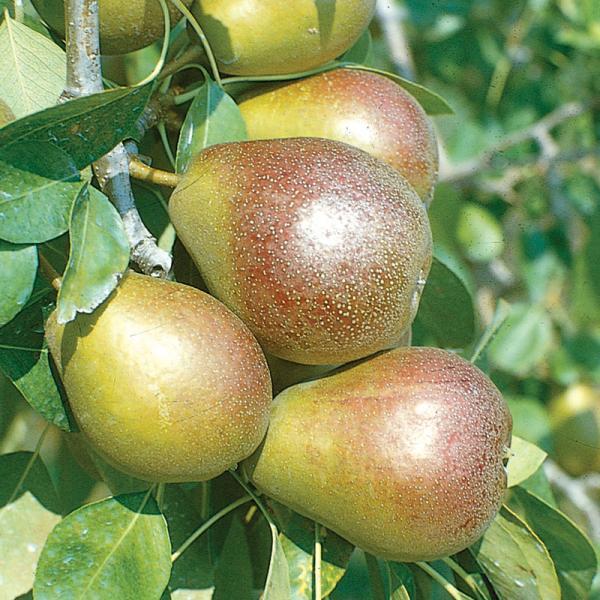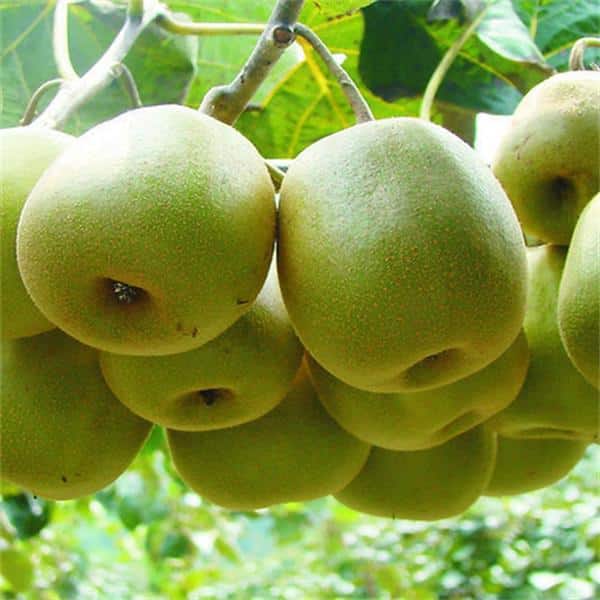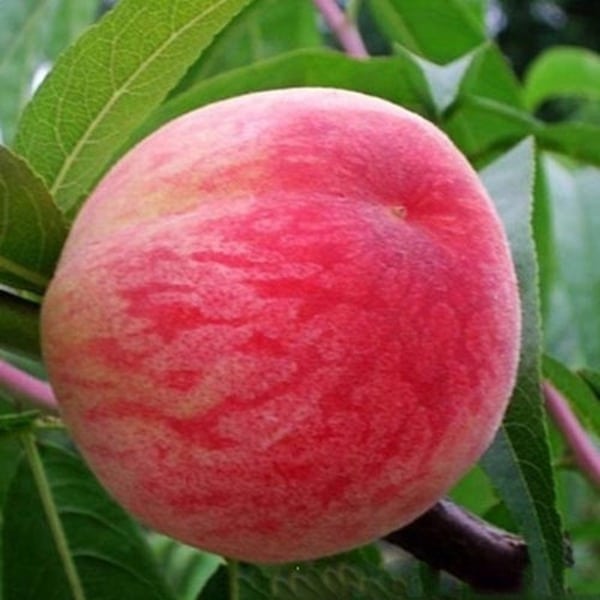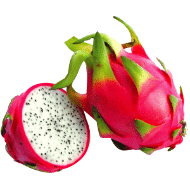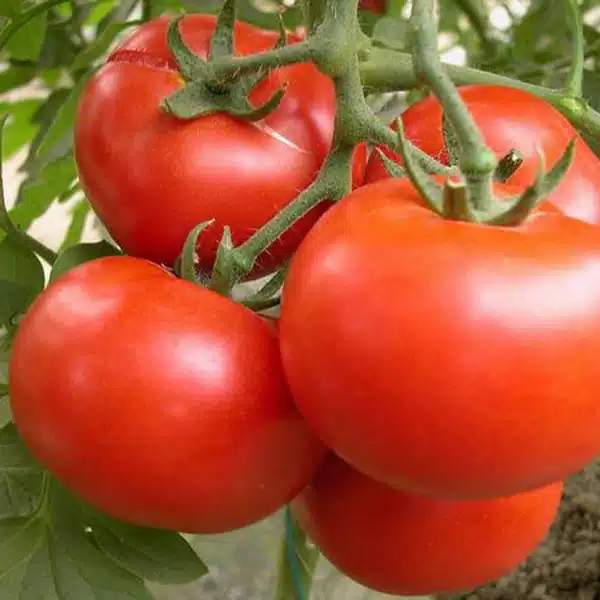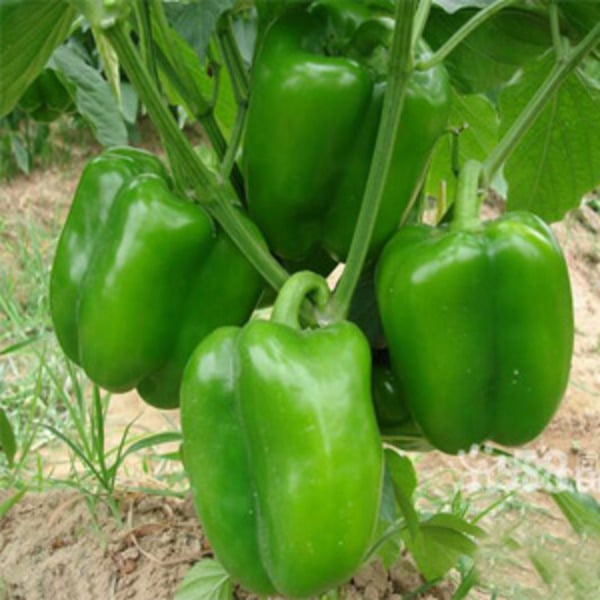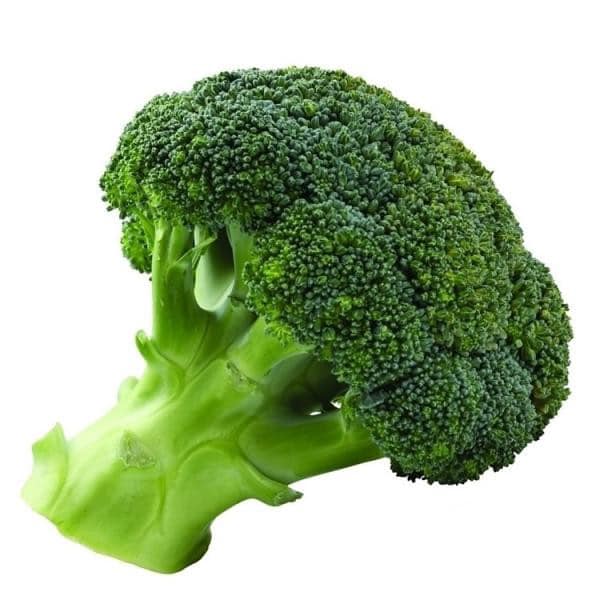Say goodbye to wasted food and hello to extended freshness with our innovative fresh-keeping technology!
-
Mon - Sat : 09:00 - 22:00(GMT+8)
-
sales@chesenbio.com
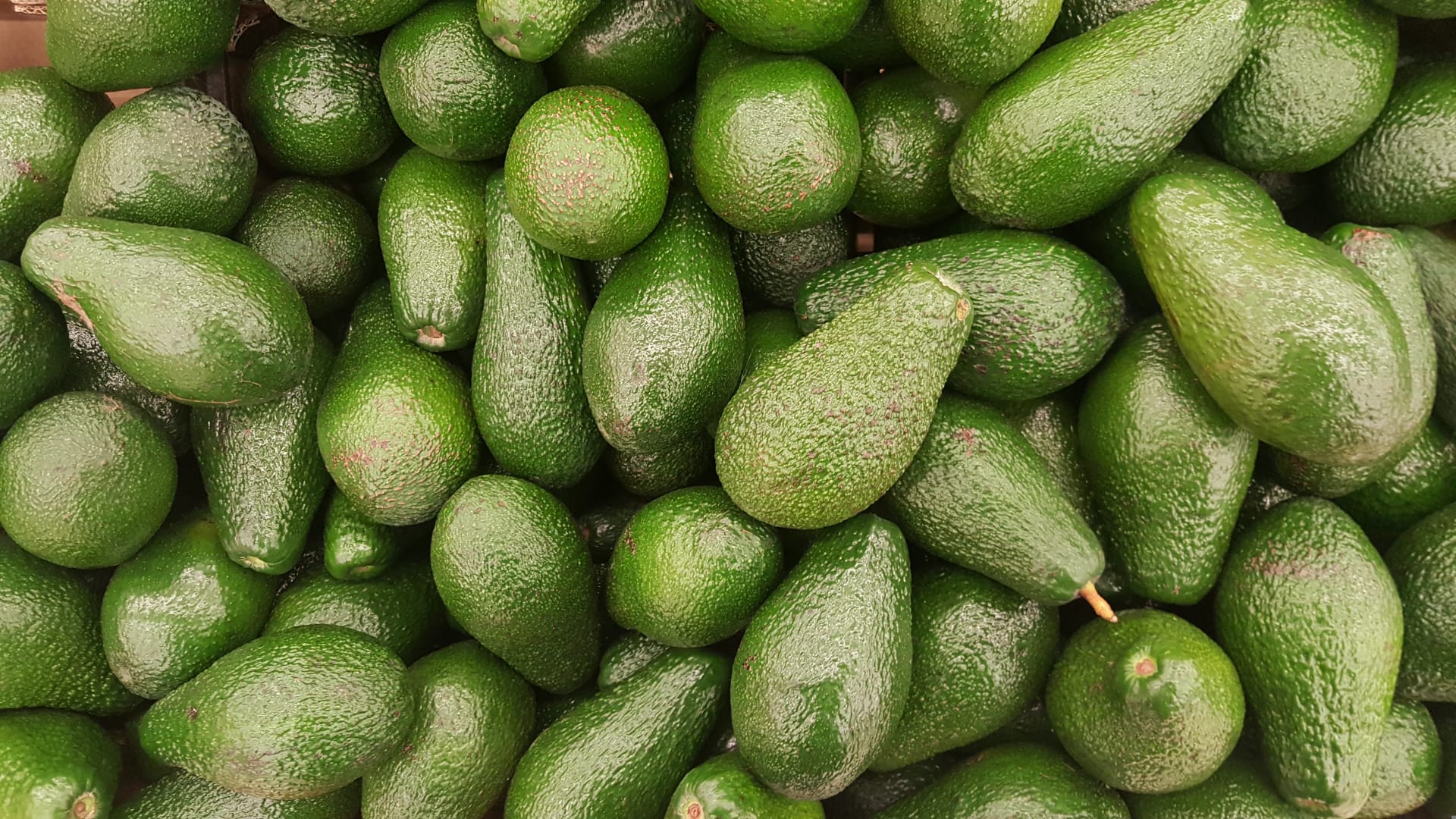
1-MCP for avocado storage
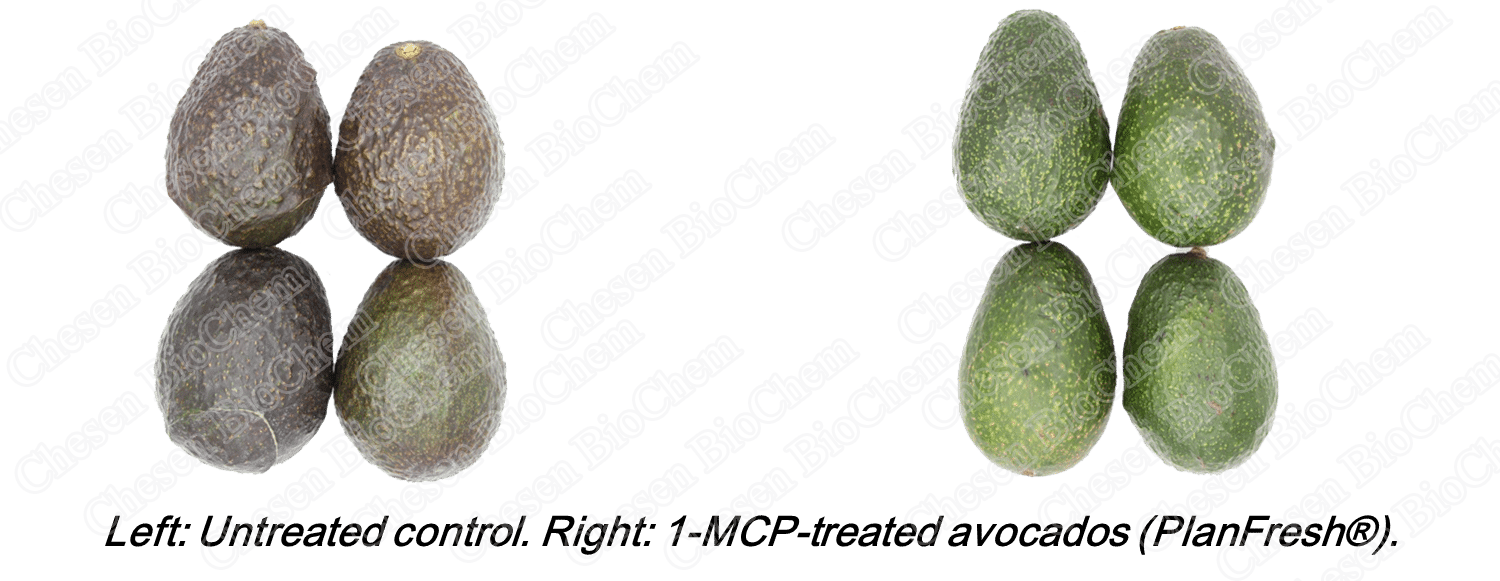
Storage and Preservation Technology of Avocado by 1-MCP
Avocado is a subtropical, menopausal fruit. It is usually oval in shape and green in appearance, although the dominant commercial variety “Hass” matures into purple-black. They are one of the few fruits that contain significant amounts of oils (fatty acids). Avocados do not ripen unless removed from the tree. This means that the fruit can mature, but the “tree storage” lasts for 12 months. Increased commercial maturity is associated with increased fruit size, oil and dry matter content, and decreased ripening times. Avocados have a relatively short storage life, limited primarily by the expression of internal chilling injury (CI) symptoms. Rotting is a limitation of growing fruit in many countries. 1-MCP (1-methylcyclopropene) is of interest in postharvest storage of avocado due to its ability to block ethylene responses.
Optimum storage temperature is generally around 6°C. Temperatures below 3 to 4°C (depending on cultivar and time in the season) lead to external CI (skin blackening). Controlled atmosphere storage and 1-MCP are effective commercial tools for improving storage life of avocado.
1. The physiological characteristics of avocado after harvest
Physiological disorders occur when storing ‘Hass’ avocados for more than approximately 4-6 weeks. The major disorder is diffuse flesh discolouration (“flesh greying”, or “internal chilling injury”). This disorder can also occur for shorter storage times under poor temperature management. It is recommended that fruit are stored under low ethylene conditions (Chaplin et al., 1983). It has been shown that ethylene is involved in development of this disorder recently(Pesis et al., 2002).
Other disorders that occur during long-term storage are stringy vascular tissue (thickening of the vascular bundles such that when a quarter is broken in half, the flesh comes away from some or all of the vascular bundles without the fibres being broken), vascular leaching (browning diffusing out from vascular strands), and outer flesh blackening (blackening of the outer 2mm of flesh tissue). ‘Hass’ avocados stored at temperatures of <2 ◦C show skin damage symptoms generally called external chilling injury (skin blackening) and this precludes storage at these low temperatures which could reduce the incidence of internal chilling injury (i.e. by slowing softening).
2.Storage characteristics of avocado
Avocado is a typical climacteric fruit with high respiratory intensity and high metabolic rate. After fruit picking, it is difficult to store at room temperature (20 °C), and it can be softened after 6-10 days to reach the edible level.
However, since the avocado fruit is susceptible to latent fungi infection before harvesting, and people usually harvest avocados in hot and rainy seasons, the fruit is highly perishable and deteriorates. So it is easy to lose its commerciality.
There are three avocado ecosystems (subspecies or botany) of the Mexican, Guatemalan and West Indian systems. People call these three subspecies subtropical, semi-tropical and tropical. Among them, the suitable storage temperature of Mexican varieties is 4°C, Guatemala is 8 °C, and West Indian is 12.8 °C. Below this temperature, it is vulnerable to cold damage.
During storage at commercial temperatures, 1-MCP can effectively slow softening, maintain green skin colour during storage, and reduce internal physiological disorders of ripe avocado. However, we should maintain a balance between the beneficial effects of 1-MCP (reduced physiological disorders) and possible negative business outcomes (such as excessive delayed maturity).
3. Harvesting and its precautions of avocado:
3.1.How to judge whether avocado is mature
The harvest period of avocado is up to 8 months. Knowing when to harvest avocado depends on the type of avocado and the area in which it is grown. For example, Hass avocado is the most commonly cultivated variety, which is usually harvested in February but dates back to September(Southern Hemisphere). Its changes largely depend on the weather, fertilization, etc.
When some mature fruits fall, the home gardener usually begins picking avocados. This is not a reliable guide to judging whether avocados are mature, because avocados have a long flowering period, resulting in different stages of maturity in the trees. This is not to say that the biggest fruit should not be picked first. When picking avocado, we select the big ones because they are usually the most mature. These avocados will mature after one to two weeks at room temperature after picking.
How to judge whether avocado is mature: Avocados are unique in that they don’t mature in trees. In fact, if you are not ready to harvest, the best place to store them is to dangle on the tree. Ripe avocados have a uniform soft flesh, which is the best indicator of readiness. Depending on the variety, the skin may be from yellow-green to red-purple to near-black, so the skin tone is not a good barometer of maturity. For example, the fruit of Haas begins with a bright green color, gradually turning the skin into cobblestones and purple-black. Color changes do not necessarily mean that avocados are ripe, but this is a hint.
3.2.When to harvest avocado
The longer the fruit stays on the tree, the higher the oil content and the stronger the taste. However, like all good things, leaving it for too long, the oil will become corrupt. The best way to determine if a fruit is ready for harvest is to choose a large, black avocado, place it on the counter at room temperature, mature or accelerate ripening by placing it in a paper bag. The release of ethylene gas from the fruit accelerates the ripening process. You can speed up the process and even ripen with bananas or apples because they also emit ethylene gas.
The fruit should soften in a week or two, and if so, this indicates that the other avocados are ready for harvest. If it shrinks or remains rubbery, please be patient and leave the fruit in the tree for a while. You may need to test this several times until the fruit reaches the peak of harvest, but some lost fruit is a small price for dozens of fully ripe avocados. In short, avocado harvest depends on the variety, color, size and firmness.
4. Preparation of avocado before storage:
4.1. Pre-cooling:
It is crucial to pre-cool avocado before storage at low temperature, otherwise it will seriously affect the storage. Avocado often maintains a high “field heat” when harvested. Physiological activities such as breathing and metabolism are vigorous. It is easy to spontaneously ripen. At the same time, if we not pre-cool avocado and send it directly to the cold storage, the temperature difference between the inside and outside of 20 °C will cause fruit physiological activity disorder, excessive freezing injury and condensation on the fruit surface. It increases the chance of pathogen invasion.
4.2. Antiseptic treatment:
Fungi cause most of the decay after harvest. For a long time, the main measure to control post-harvest diseases of fruits is the use of chemical fungicides. The fungicide used for the treatment of avocado is Tecto, Benzite, etc., and the concentration is generally 0.1%. After treating the fruit with 0.2% imiamide or 0.05% benzoate + 0.05% imidate, we can store it at 13 ° C for 16 days without anthrax. In addition, treatment of avocado fruit with a wax containing 0.4% bisphenol and/or 0.1% benomyl can reduce post-harvest disease and extend shelf life by 2 to 3 days. Low concentration (0.1%) of the protective work can effectively control the post-harvest decay of Hass avocado. Therefore, the use of low toxicity and high efficiency chemical preservatives is a rapid method for preservation of avocado.
4.3. Heat treatment:
Heat treatment can effectively prevent fruit from rot and prolong the shelf life of fruits. Hass avocado fruit is immersed in 50 ° C hot water for 5 min after harvest. It can reduce its decay during normal temperature and after-ripening. Post-harvest heat treatment has obvious effects on reducing the occurrence of external chilling damage of avocado under low temperature storage. Treating the avocado fruit with hot air at 38 °C for 3, 6 or 10 h and then treating it with hot air at 40 °C for 0.5 h. It can reduce the degree of chilling damage on the surface of the fruit stored at 2 °C.
Before the hot water treatment of Hass avocado at 50 °C, please treat it with hot air at 38 °C for 60 min. The method can reduce the browning of the surface most effectively. It also reduce the hardening of the epidermis caused by the ripening of the avocado in the hot water treatment process. During storage and sales, heat treatment can inhibit fruit ripening and induce disease resistance, thereby reducing the incidence of postharvest decay. Before long term storage at a low temperature of 3 to 7 °C, it is advisable to use 50 °C hot water treatment (5 min) to reduce external chilling damage.
5. 1-MCP preservation treatment for avocado:

If the storage period of the Hass avocado is less than one month, it is appropriate to add 0.1 μl / L of 1-MCP at 12 ° C after the harvest for 12-24 hours after the application. 0.25 μl/L of 1-MCP within 12-24 h of application at 6 ° C after harvest is the recommended protocol when the shelf life is between one and two months.
For other varieties of avocado, please select the appropriate treatment temperature according to the above tolerance temperature.
6. Storage management of avocado:
6.1. Suitable storage conditions:
Temperature: 5.5 ° C ~ 14.5 ° C(Depending on the variety)
Humidity: 90% to 95%
Air conditioning conditions: O2: 2% ~ 3% CO2: 4% ~ 10% C2H4 < 0.02 μl / L
6.2. Storage condition details:
After harvesting avocado, normal respiration-led metabolic activities are still carried out during storage. It is characterized by consumption of O2, release of CO2, and release of certain heat. Decreasing O2 concentration and increasing CO2 concentration in the storage environment can inhibit the respiration of avocado. The method can delay the occurrence of respiratory peaks and the metabolism rate. Simultaneously it can reduce the reduction and consumption of nutrients and other substances. It can also delay the maturity and aging of avocado to prolong the role of shelf life. Using 2% O2 and 10% CO2 gas, storage of avocado fruit at 7.2 °C can prolong its shelf life, and its shelf life is 1 time higher than normal storage only at low temperatures. Atmospheric storage can reduce the chilling damage of avocado, so it can be stored at a lower temperature for a longer period of time.
6.3. Sterilization:
Regular sterilization during storage, preferably every half month, the use of fungicide rotation is better.
6.4. Ventilation:
Change the gas every 25 days or so, control the ventilation time to about half an hour, choose the sunny day when the outside temperature is low.
6.5. Out of stock sales:
Avocado treated with 1-MCP has a long shelf life after being released from the market. According to specific needs, the cold room temperature will be slowly increased to 2-4 ° C one week before the avocado was released. So the avocado can be sold as soon as possible after being released.
7. Contact us:
For more detailed information about 1-MCP on avocado, please feel free to contact us.


